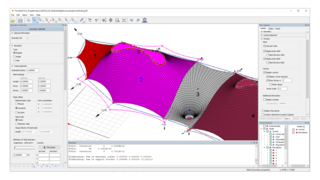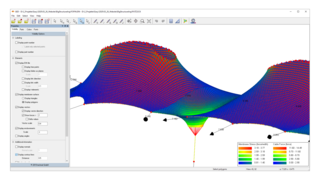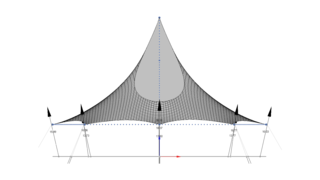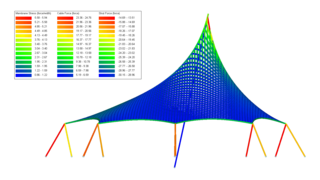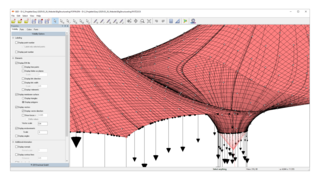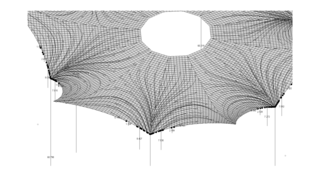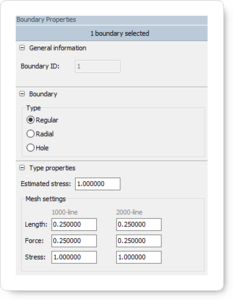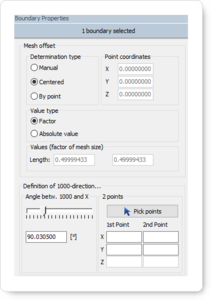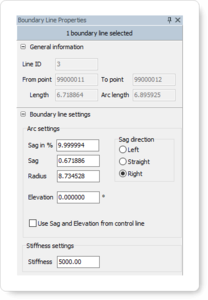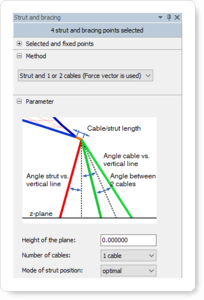Form Finding - Easy.Form
Opposite to the design of conventional structures a form finding procedure is needed with respect to textile membrane surfaces because of the direct relationship between form and force distribution.
An initial geometry can be created manually or imported from a CAD file and can be used as the basis for defining the boundary polygons. Automated functions allow the fast creation of boundary polygons.
The computational form finding requires an estimated flow of forces or stresses as an input value for the form finding procedure. Design parameters and boundary conditions are defined using graphical editors. In addition to the pre-tensions in warp and weft direction, the coordinates of the fixed points, the warp and weft directions themselves, the mesh size, the type of net and the edge cable specifications, such as sags and cable forces, must be specified.
Different net types allow the computer model to be adapted to the actual conditions. In addition to rectangular meshes, radial meshes, holes and any combinations are possible.
The evaluation of the form finding results is guaranteed by Easy.Form. The software offers tools for the visualization of force and stress distributions as well as contour lines and slope lines for drainage analysis.
Easy also allows a mixed form finding: To optimize the positions of stiffness elements in a balance structure, these elements are combined with the form finding process. By using the reaction forces of the initially fixed points, Easy.Form automatically generates different types of a primary structure.
Only rarely structural tasks can be realised with purely tensioned supporting structures. Cable nets and membrane surfaces require pressure elements to create space. An intelligent combination of axially compressed and tensioned load-bearing elements can be used to derive an optimised supporting structure for general construction tasks.
All calculation steps can be visualized at any time during the form finding process. The force density method guarantees a linear calculation without approximate values. Our algorithms are optimized and guarantee a fast calculation, even for very large structures.
Back to EASY - The complete system




